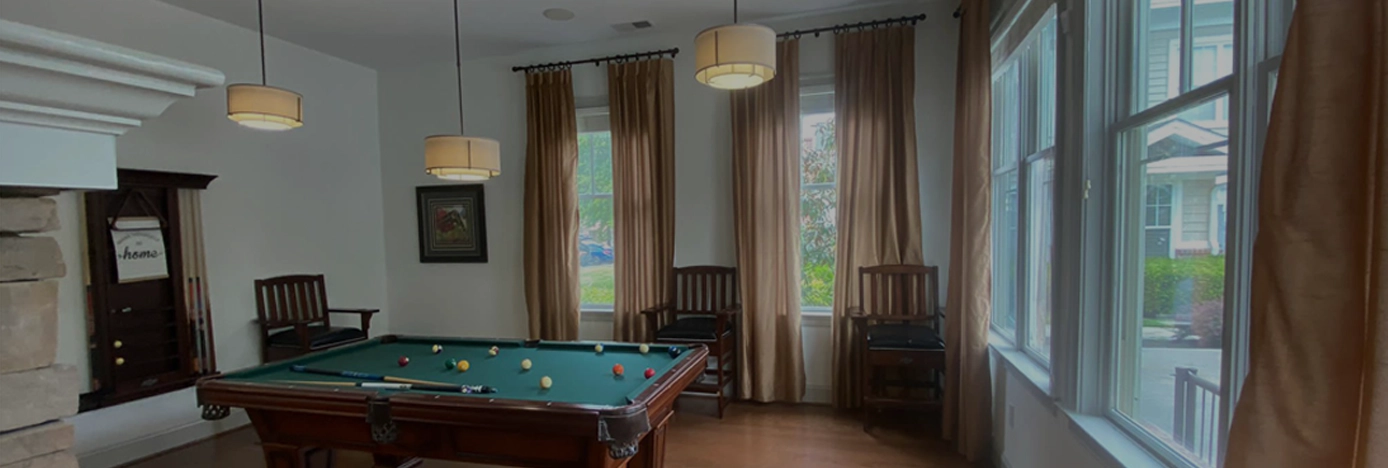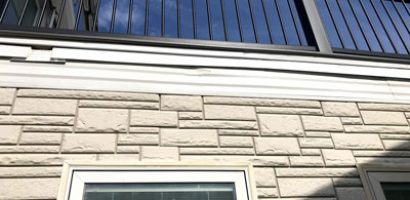About room’s color
In the quest to create a more spacious and inviting atmosphere within the confines of our homes, the choice of paint colors plays a pivotal role. The concept of using colors that make a room look bigger is not just an artistic preference but a strategic design decision that can transform the perception of space. This is particularly significant in smaller rooms or apartments where maximizing the sense of space is crucial. Understanding what colors make a room look bigger and brighter can immensely contribute to achieving a more open and airy feel, making this knowledge invaluable to homeowners and interior designers alike.
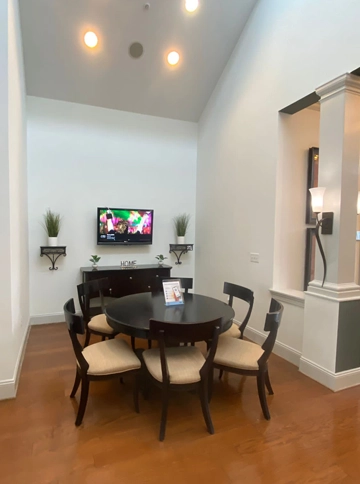
The following sections of the article will delve into the best colors that can instantly give the illusion of a larger space, starting with the impact of light colors and how they can significantly alter a room’s appearance. The discussion will then explore the effect of dark colors and their use in creating depth and dimension. Additionally, the role of accent colors and their impact on the room’s overall ambiance will be examined. Practical tips for using colors to enhance spatial perception will provide readers with actionable advice, culminating in a conclusion that summarizes the critical insights gained. This roadmap serves as a guide to harnessing the power of color in making any room appear more expansive.
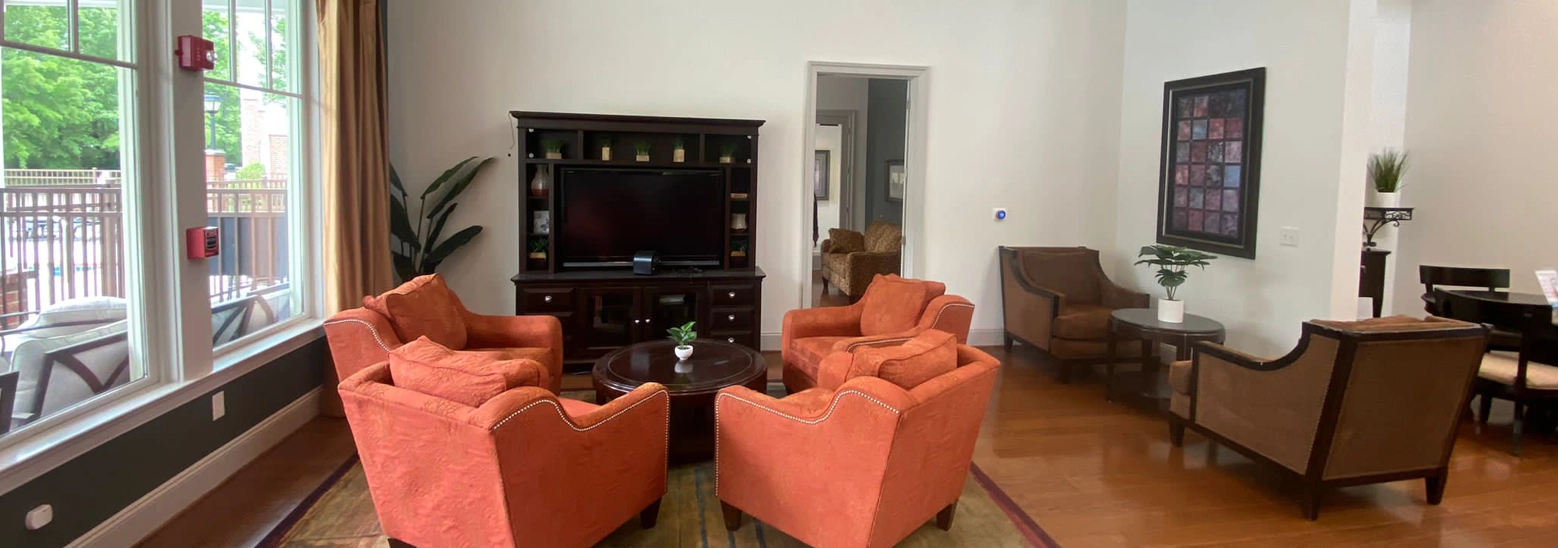
Use of Light Colors
- White and Off-White
White and off-white shades, like alabaster or eggshell, are ideal for expanding a room’s perceived size by reflecting light and minimizing shadows that can enclose a space. These tones, paired with accents like forest green or gold, enhance the room’s brightness without feeling sterile.
- Pale Blues and Greens
Light blues and greens offer a serene backdrop, making spaces feel open and airy. Colors like soft blue and sea green recede, creating an illusion of more depth, which is especially effective in areas with limited natural light.
- Light Neutrals
Neutral colors such as light grays, tans, and taupes subtly add warmth while keeping the room bright and spacious. These shades work well across different areas, maintaining a cohesive look that can make the entire space feel larger.
Effect of Dark Colors
- Deep Blues
Deep blues, especially dark navy, are serious and powerful, adding depth and an intimate atmosphere to small spaces. They can be balanced with lighter neutral tones like beige to prevent feeling too enclosed.
- Darker Greys
Darker greys absorb light, which can make small rooms feel more enclosed. However, when used strategically, such as on a feature wall or in combination with lighter colors, they contribute to a sophisticated and elegant atmosphere.
- Rich Hues
Rich, saturated colors like deep purples and intense oranges should generally be avoided in small spaces as they can create an oppressive atmosphere. Instead, using these colors as accent tones against a lighter background can prevent the space from feeling cramped.
Accent Colors and Their Impact
Accent colors play a significant role in enhancing the spatial perception of rooms. Earthy tones, such as terracotta and muted olive, introduce warmth while maintaining an airy feel, which can make a room feel more expansive and welcoming. Lavenders and blush pinks, often used sparingly, add a touch of softness and can visually enlarge a space by providing a light, reflective surface. Taupes and ochres, being neutral yet rich, are excellent for adding depth without overwhelming the senses, thereby contributing to a perception of increased space. These colors, when used as accents, help in breaking the monotony and adding character to the room without cluttering the visual field.
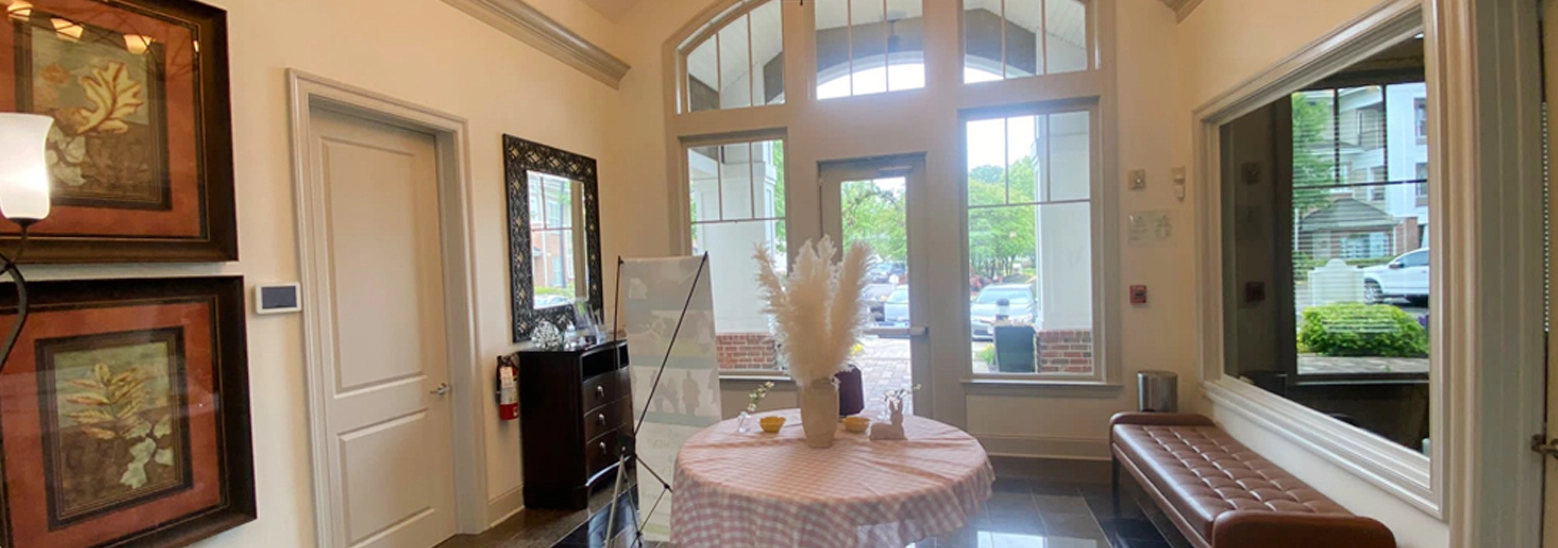
Practical Tips for Using Colors
- Using Color on Ceilings
Painting the ceiling the same color as the walls can create the illusion of a larger room and higher ceilings, especially effective with darker shades. This technique draws the eye upward, enhancing the perceived space.
- Accent Walls for Depth
Accent walls can significantly influence the perception and atmosphere of a room. Opting for bold, saturated colors on an accent wall can create a focal point and add depth. Incorporating elements like wallpaper or wood can also amplify this effect, offering a sophisticated or modern appeal.
- Pairing Colors with Furniture
Coordinating wall colors with furniture can unify a space, making it appear larger. Painting walls and furniture in the same color simplifies the decor, creating a seamless look that expands the visual space. This approach is particularly effective in small rooms, where continuity of color can visually enlarge the area.
Conclusion
Throughout this article, we have explored the transformative power of color in creating the illusion of a more expansive space within our homes. From the reflective qualities of light colors like whites, off-whites, pale blues, and greens, to the depth and sophistication brought about by darker hues and strategic uses of accent colors, we’ve seen how color choice is crucial in interior design for enhancing spatial perception. The practical tips shared for using these colors—whether through painting ceilings, adding an accent wall, or coordinating furniture and wall colors—underscore the importance of thoughtful color selection in maximizing the feel of any room, regardless of its actual size.
The takeaway from our discussion is clear: color is a potent tool in the design arsenal that, when wielded with care, can dramatically alter the perception of space. By understanding and applying the principles outlined, readers are equipped to make informed decisions that can transform small, cramped areas into open, welcoming spaces. As we close, let’s remember that while the science of color can guide us in making our rooms look bigger, the art of color selection will always be personal and subjective, reflecting our unique tastes and the atmosphere we wish to create in our homes.
FAQs
Nine colors known for making a room look more spacious include dark blue, soft black, cool gray, light green, taupe, lavender, blush pink, and crisp white. White, in particular, is often highlighted for its ability to make spaces feel more open and expansive.
To create the illusion of more space in a small room, consider using airy blues and crisp white hues. According to Molly Lynch, a color expert at Benjamin Moore, blues have a receding effect that can make spaces appear larger.
Yes, painting a room or even an entire home interior in a monochromatic color scheme can make the space appear larger. A uniform color throughout allows for a seamless look that encourages the eyes to move smoothly across the space, enhancing the perception of size.
Contrary to popular belief, darker colors can actually make a small room appear larger. Dark paint adds depth and can visually enlarge the space, creating a bold and impactful aesthetic, according to Lichelle Silvestry.

